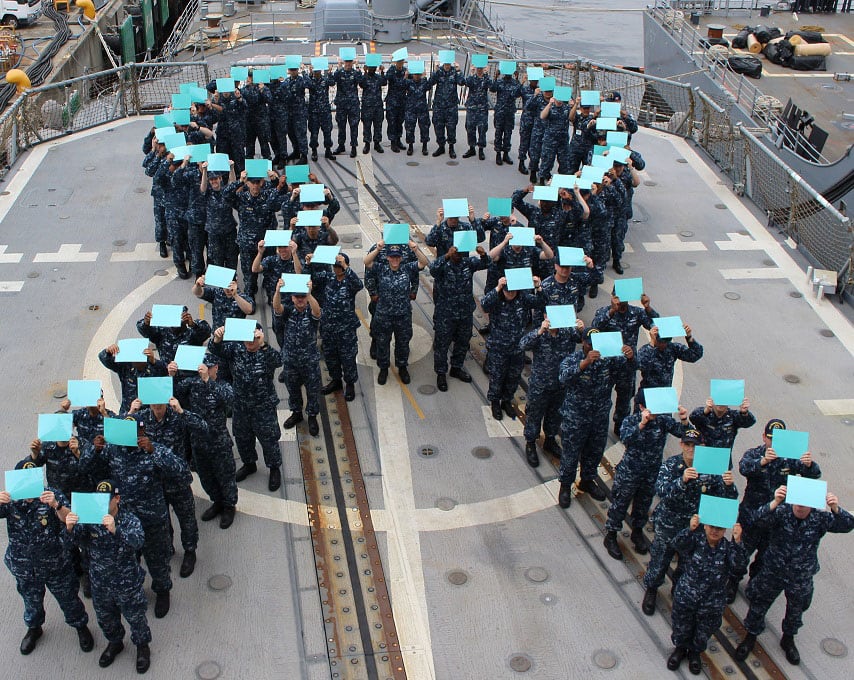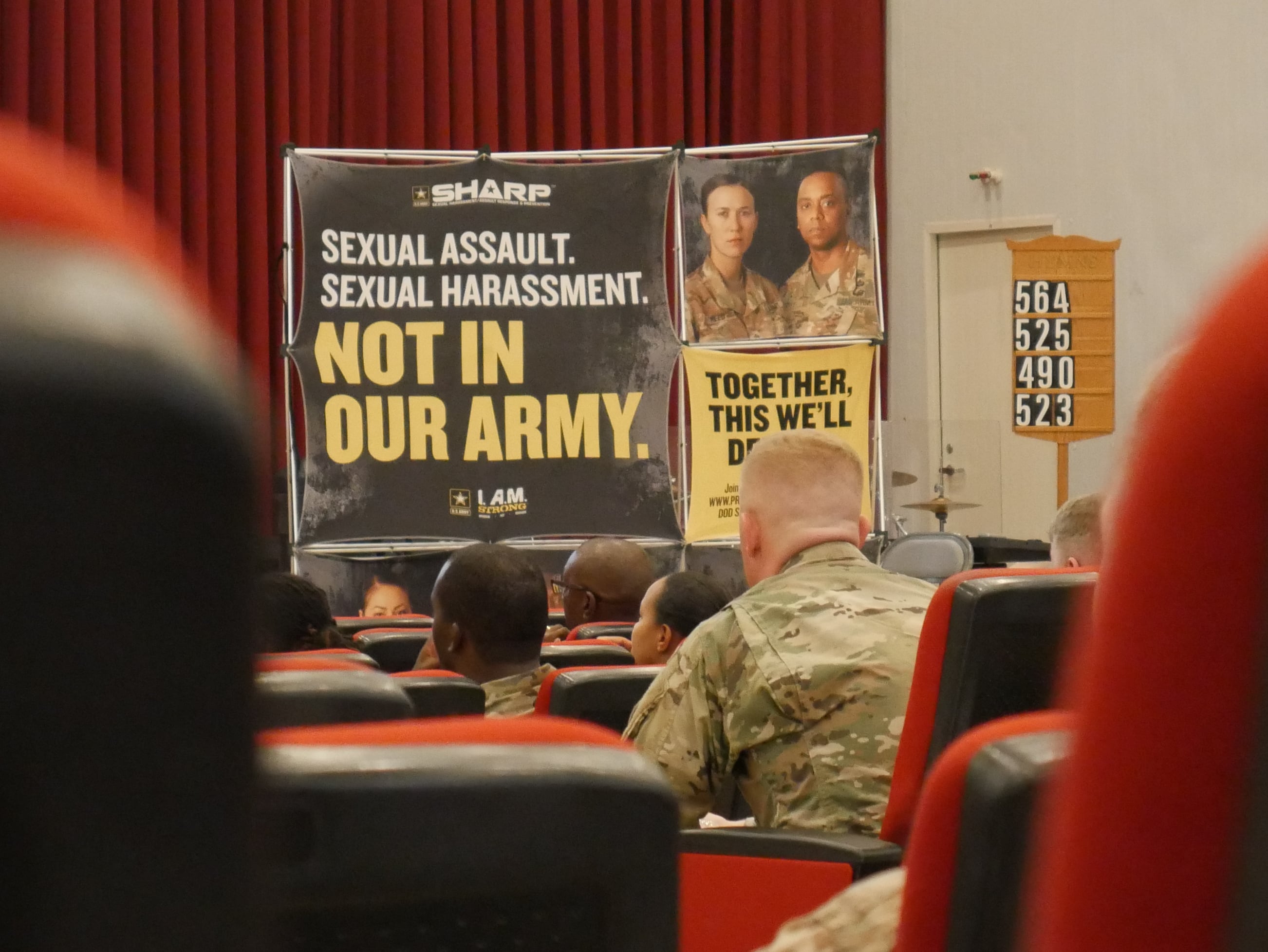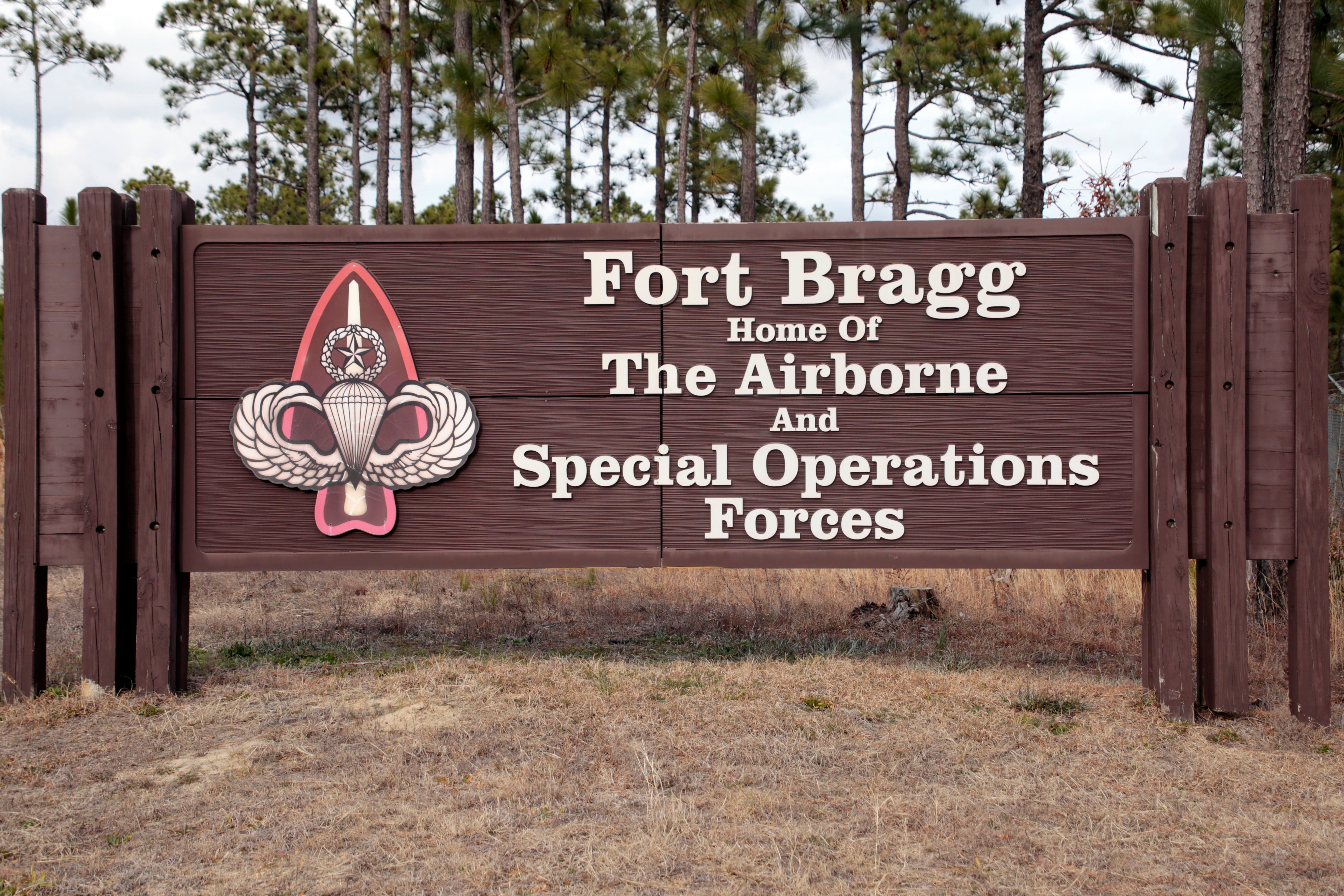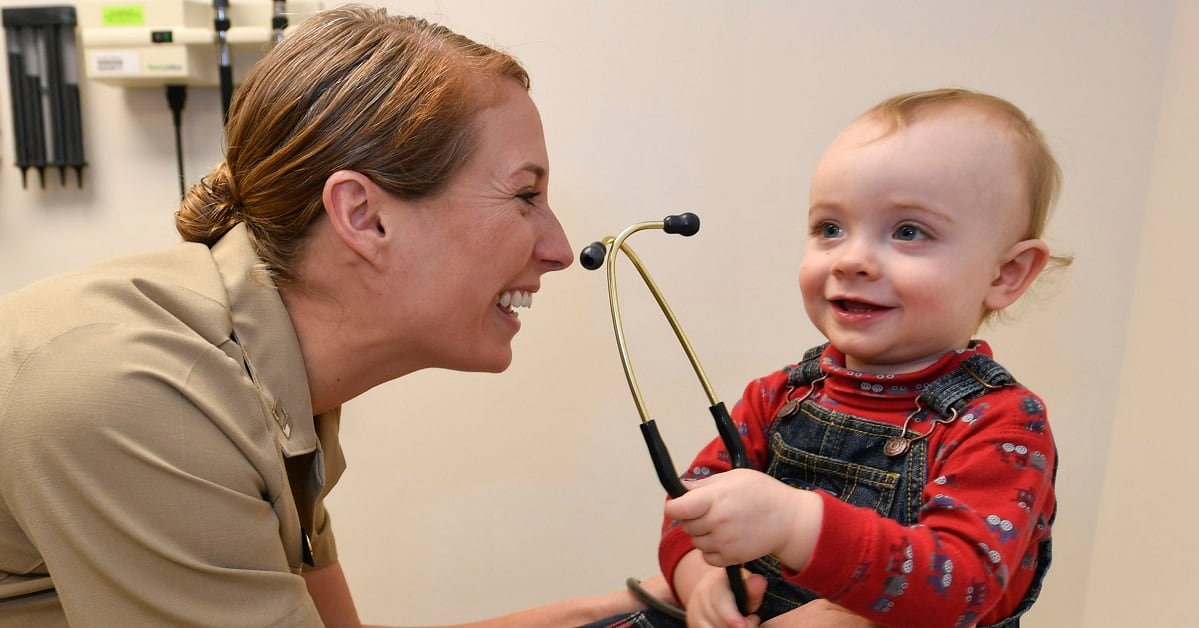The number of soldiers who reported unwanted sexual contact jumped 26% from 2020 to 2021, according to the Army’s annual sexual assault prevention and response report, due for release on Thursday.
That increase marks the second-largest spike — up to more than 4081 from 3250 in 2020 — since the services began tracking reports in 2004. The previous biggest spike was 51% in 2013.
“The Army has seen a significant increase in both reporting and prevalence of sexual assault,” an Army official told reporters on Wednesday. “Our leadership is extremely concerned about this. And we are making every effort to get to this problem, both in the prevention and response space.”
Officials, who asked to speak on background ahead of the official release of data, said the service is still digging into the numbers to analyze what might have spurred the sharp increase, after several years of comparatively stable numbers.
But the Army wants the force to know that it has implemented a handful of new measures in the past year.
However, any affect that has had on incidents won’t be seen until a year from now, as Defense Department reporting bureaucracy requires the services to keep their data under wraps until DoD puts out its SAPR report for the previous year.
Generally, according to an Army official, there has been a decrease in reports since last August.
There have been some wins recently, the official added. For example, after Fort Leonard Wood, Missouri, shifted its basic training rundown to put sexual assault prevention training within the first 72 hours of life in the Army, the official said, the number of unwanted sexual contact reports during those first months of service has gone down.
“But we also need to look at how everybody comes into a unit ― are they well received? Are they part of the team? Do they feel comfortable?” the official added, because unwelcoming command climates are known to greatly increase the likelihood of harassment and assault within them.
RELATED

After spending much of its time and resources on solidifying its response infrastructure over nearly two decades, the Army is recommitting itself to good prevention, showing soldiers how to do the right thing.
“We want to contextualize it and point out that a lot of the programs that we have rolling out haven’t hit the force yet and I think that we have a good strategy going forward in order to get after this problem,” the official said.
Those include a new command assessment program that takes into account officers’ record on sexual assault prevention and response before rewarding them with battalion or brigade command.
Another metric going in the wrong direction is service members’ confidence that the system will treat them with care and do its utmost to get justice. While all of the services are working to implement independent sexual assault prosecution offices, taking decisions out of the hands of commanders, the official conceded that the Army can do a better job communicating its accountability actions.
The investigation into Fort Hood, Texas, following the murder of Spc. Vanessa Guillen in 2020 is one example of the Army publicizing the discipline it handed down to leadership who had a hand in the toxic command climate that fostered harassment and assault.
“We recognize how important it is to communicate out when people are being held accountable, whether it’s the justice system, whether it’s commanders or leaders are being disciplined,” the official said. “I think that we have taken note that that is something that we need to do better, and I think that we have made strides in that space.”
Meghann Myers is the Pentagon bureau chief at Military Times. She covers operations, policy, personnel, leadership and other issues affecting service members.





